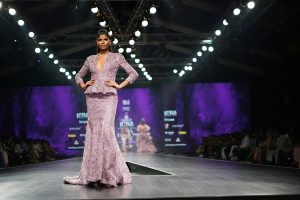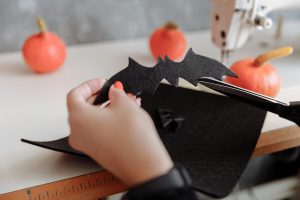The Science Behind Perfect Fabric Draping
Creating a perfectly draped garment is a form of art that requires both skill and precision. It is the ability to manipulate a piece of fabric into a flattering and seamless drape that accentuates the curves and lines of the body. But have you ever wondered how designers achieve this flawless look? What exactly is the science behind perfect fabric draping? In this article, we will explore the techniques and principles that lie at the core of fabric draping, giving you an insight into the intricate world of fashion design.
The Basics of Fabric Draping
Before delving into the science behind fabric draping, it is important to understand the basics of this technique. Draping, also commonly known as designing on the dress form, is the process of manipulating fabric directly on a dress form to create a garment. This technique allows designers to visualize their ideas and bring them to life without the need for a pattern. It is a key step in the garment design process and is often the starting point for many fashion designers.
The technique involves using a dress form, which is a three-dimensional representation of the human body, to drape fabric layers and create a rough outline of the desired garment. It is a trial-and-error process that requires patience and skill as the designer manipulates the fabric to achieve the desired fit and shape.
The Role of Fabric Properties
One of the most important aspects of fabric draping is understanding the properties of different fabrics. Each fabric has its own unique characteristics, such as weight, drape, and stretch, which can greatly affect the overall look and feel of the garment. For example, a lightweight and flowy fabric will drape differently from a heavy and stiff fabric. This means that designers must carefully select the right fabric for their design to achieve the desired look and feel.
Moreover, fabric properties also play a crucial role in how the fabric behaves when draped on the dress form. The direction of the fabric grain, the placement of seams, and the amount of stretch in the fabric can greatly impact the final draping result. A deep understanding of fabric properties is essential for designers to master the art of fabric draping.
The Importance of Body Proportions
Another key aspect of perfect fabric draping is understanding the human body and its proportions. In order to create a flattering and well-fitted garment, designers must consider the body’s natural curves and contours. This is where the science of anatomy comes into play. By studying the body’s proportions, designers can understand where to add fullness or take away excess fabric to create a balanced and visually appealing silhouette.
Moreover, understanding body proportions is crucial in creating a garment that fits well and moves with the body. Different body types require different techniques for draping, and it is up to the designer to understand these concepts and apply them to their designs.
The Science of Visualization
As mentioned earlier, fabric draping is a trial-and-error process that requires a keen eye for detail. However, it also involves a high level of visualization skills. Visualizing the end result of a draped fabric on a dress form is crucial for designers to achieve the perfect outcome. This not only requires a strong sense of design aesthetics but also an understanding of how fabric behaves when draped on the body. By understanding the science of visualization, designers can create a garment that is both visually striking and technically flawless.
The Final Touch: Finishing Techniques
To complete the process of fabric draping, finishing techniques play a vital role. These techniques include sewing and pressing the draped fabric to create a polished and refined look. This final step ensures that the garment looks professional and ready to be worn. Without proper finishing techniques, the draped fabric may look unfinished and can affect the overall appearance of the garment.
In Conclusion
The art of fabric draping may seem effortless, but it is actually a complex and intricate process that requires a deep understanding of fabric properties, body proportions, and visualization skills. By mastering these techniques, designers can create breathtaking garments that are not only beautiful but also technically sound. So the next time you see a perfectly draped garment on the runway, remember that it is not just a stroke of luck, but the result of a well-executed and scientifically driven technique.











